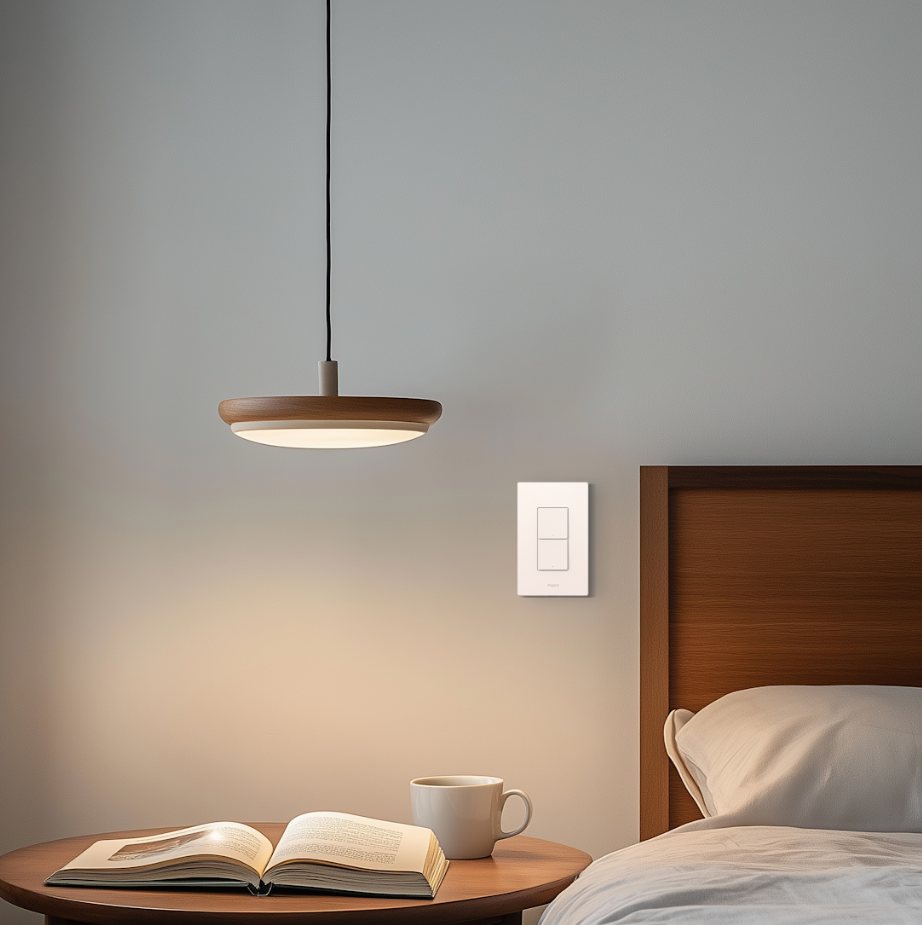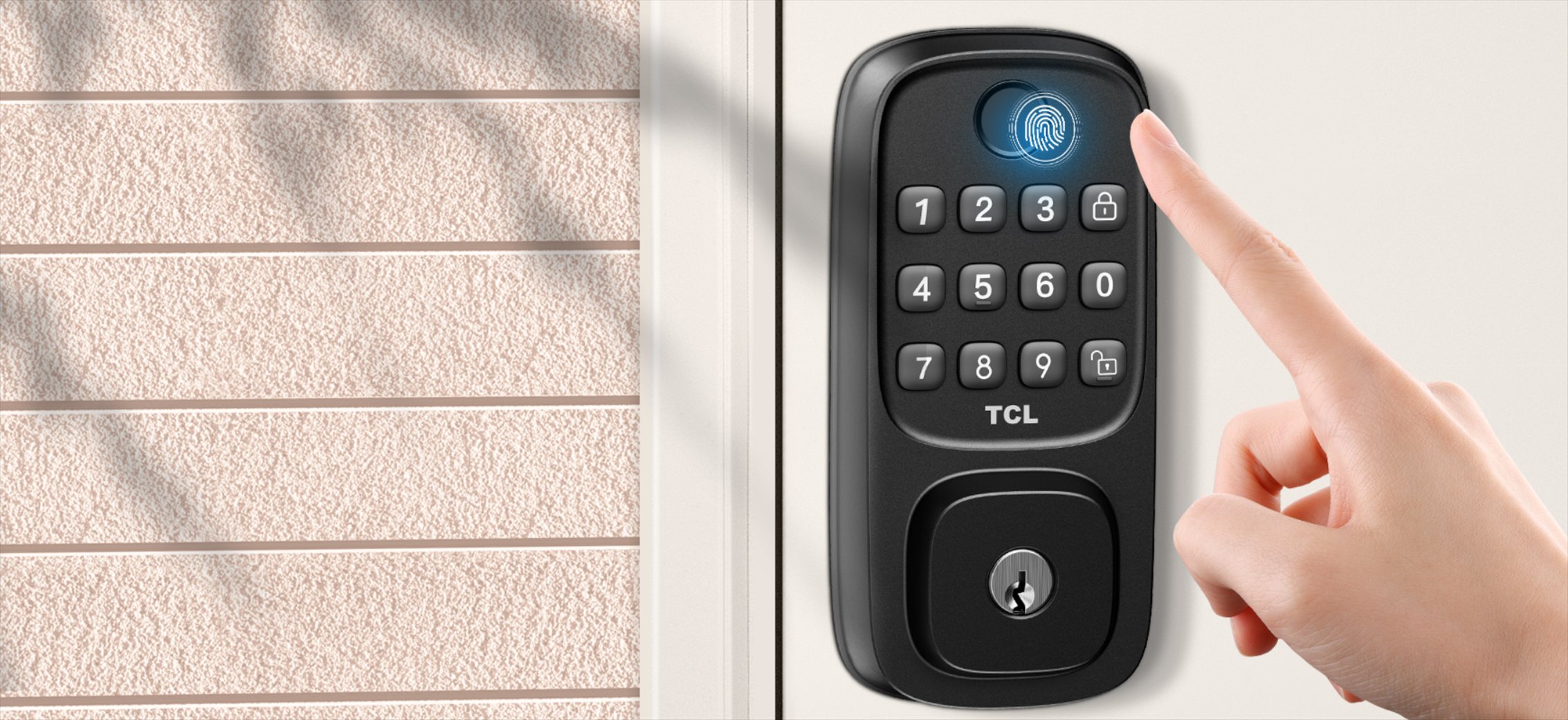
eufy has just introduced something genuinely groundbreaking to the Australian smart home market with the S3 Max Video Smart Lock, marking the first time palm-vein recognition technology has been available locally for residential security. This isn’t just another fingerprint scanner dressed up with marketing fluff—it’s a completely different approach to home access that could change how we think about keyless entry.
The technology behind the S3 Max is pretty impressive. Rather than relying on surface-level biometrics like fingerprints, the system maps the unique vein patterns beneath your palm using near-infrared scanning. This creates what eufy claims is 99.99999% accuracy for recognition, which honestly sounds almost too good to be true until you consider that palm veins are virtually impossible to replicate or steal compared to fingerprints.
I find the practical implications quite compelling, particularly for families with children or elderly members who might struggle with traditional smart locks. The touchless operation means you simply wave your hand over the infrared sensor, and the system grants access in as little as 0.1 seconds. The device can store up to 50 different palm vein patterns, making it suitable for larger households or those who frequently have trusted visitors.
Beyond the palm-vein technology, eufy has packed considerable functionality into this single device. The integrated 2K camera provides a 150-degree vertical view and 180-degree diagonal coverage, which should capture most doorstep activity including package deliveries. The built-in video screen is particularly thoughtful—it displays camera footage within one second of detecting movement, allowing anyone inside to see who’s at the door without needing to check their phone.
The power management deserves particular attention. eufy has implemented a dual-power system combining a substantial 15,000mAh rechargeable lithium battery with four AAA backup batteries. This setup promises up to six months of full operation or twelve months of basic functionality, which represents a significant improvement over typical video smart locks that often require monthly charging.
The built-in door sensor continuously verifies whether the lock is properly engaged, reducing false alarms by 95% according to eufy’s testing. The AI-powered loitering detection can identify suspicious activity up to six metres away, adding another layer of security awareness.
The S3 Max also addresses modern smart home integration concerns by supporting Matter over Wi-Fi, making it the first video smart lock in this category to offer this compatibility. This means it should work seamlessly with Apple Home and other Matter-compatible platforms whilst maintaining full integration with eufy’s existing security ecosystem.
From a durability standpoint, eufy has achieved ANSI/BHMA Grade 1 certification, the highest standard for residential and commercial hardware. The testing includes surviving 250,000 locking cycles and withstanding direct hammer strikes, which suggests this isn’t just advanced technology wrapped in flimsy housing.
The Wi-Fi 6 compatibility ensures the device can take advantage of faster, more reliable network connections, which becomes increasingly important as more homes adopt multiple smart devices competing for bandwidth.
At A$899.95, eufy S3 Max represents a significant investment, but the combination of palm-vein recognition, comprehensive video monitoring, and robust smart home integration could justify the cost for households prioritising both security and convenience. The device will initially be available through eufy’s website and Harvey Norman, with JB Hi-Fi availability following in mid-July and The Good Guys shortly after.






